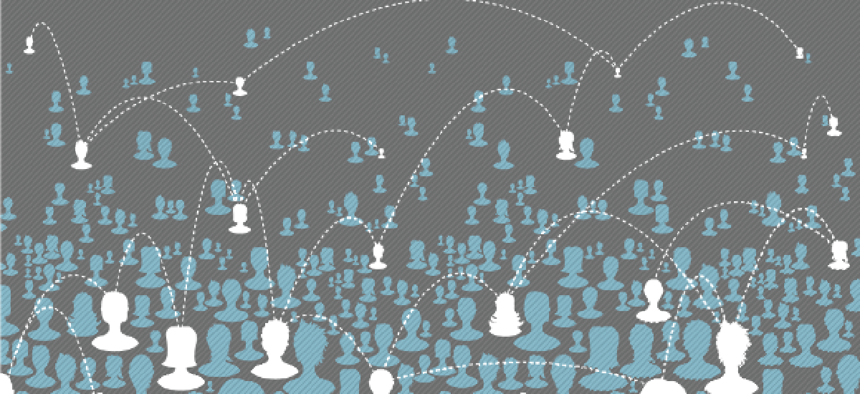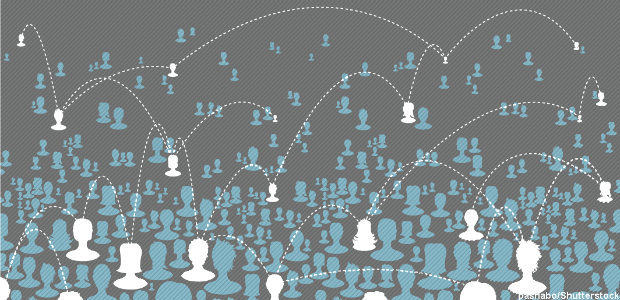Social media use is booming in Congress. That has implications for the rest of government

With practically every member of Congress now on at least one social media platform, it’s easier than ever to reach legislators and influence their decision-making.

During a March 2017 House Intelligence Committee hearing, Rep. Jim Himes (D-Conn.) asked former FBI Director and hearing witness James Comey about a tweet sent by President Donald Trump during the hearing.
Comey responded, “I’m sorry, I haven’t been following anybody on Twitter while I’ve been sitting here.”
That kind of real-time input from social media sites plays an increasingly central role to congressional business, and it is changing how political leaders govern.
That exchange “might be one of the first times that social media played a direct and credited role in a hearing question,” said Jacob Straus, a specialist on the Congress for the Congressional Research Service. “In this case, it was a tweet from the president, but you can imagine a scenario where a tweet from a constituent or a tweet from a follower was used to ask a question in real time.”
The booming use of social media among legislators “has erased some of the traditional blocks, more specifically cost and time, for the flow of information between members and constituents,” Straus said.
Social media -- and who it’s reaching -- has also played a role shaping political conversation and what influencing which topics gained traction and reach.
Early on, “members with extremely conservative or extremely liberal ideologies were more likely to adopt Twitter than other members of Congress,” Straus noted. “This is important because the potential is there to reach people you might not reach with more traditional forms of media… And now you have traditional media following social media.”
Today, most every member of Congress has a social media account. According to a 2016 CRS study, 98 percent of representatives had a Facebook page, 97 percent had a Twitter account and 91 percent were on YouTube. On the Senate side, 88 percent were on Facebook, 93 percent on Twitter and 86 percent on YouTube.
And in 2017, the 535 members of Congress together posted more than 1 million times across social media sites, according to a report from the software company Quorum.
“Members and committees are using social media for all kinds of different purposes, but mainly to state oppositions,” Straus said, adding that the median member of Congress maintains six social media platforms.
Colleen Shogan, deputy director of national and international outreach at the Library of Congress, made the point that this direct access to lawmakers, or at least their offices, leads to more accountability of lawmakers on behalf of their constituents.
Historically, elections have been a singular, fixed “sanction point” for politicians, Shogan explained. But now, “social media diminishes the singular importance” of this referendum, as members may find themselves having to explain their vote on any given bill.
This expectation means “non-responsiveness will become more unacceptable,” she said.
While social media can deliver near- direct interaction with members, it remains unclear who is communicating with members on these platforms -- whether those commenting are actually constituents, whether they’re representative of how voters feel, and whether they’re real people at all.
“We don’t know exactly who’s giving feedback to members of Congress, and by the way, members of Congress don’t know,” Shogan said.
Further, when it comes to what information is seen by users and how, social media companies are “the new rulemakers,” said Shogan. “They’re the ones that are saying how many characters you’re going to get … and what appears on your news feed or what doesn’t.”
And while social media has removed many barriers to access, “there’s also a question about equality of access,” Shogan said.
Even so, staffing priorities within congressional offices have been shifting toward communications for some time. Since 2001, the ratio of policy-focused staffers to communications aides has shrunk from about 25-to-1 to about five-to-one. This tradeoff means members “may have better insight on preferences, but fewer resources to translate into deliverables,” Shogan said.
Additionally, this increased demand on communications from lawmakers could “down the road … have implications for the types of people who will be elected to Congress,” she said.
Does that mean members could rely on, say, the results of Facebook and Twitter polls to inform how they might vote on a bill?
“The technology certainly exists,” Straus said, but added that members still want to represent their districts first.
A 2015 report from the Congressional Management Foundation found that congressional staffs’ behaviors are influenced by what they read on social media. To what degree that changes governance, though, “depends on how much [members] make decisions based on internal versus external factors,” Straus said.
But even as social media’s presence and influence continue to grow and as congressional offices lean into communications, “I have a feeling face-to-face meetings will always be more valuable than written comments,” he said.


